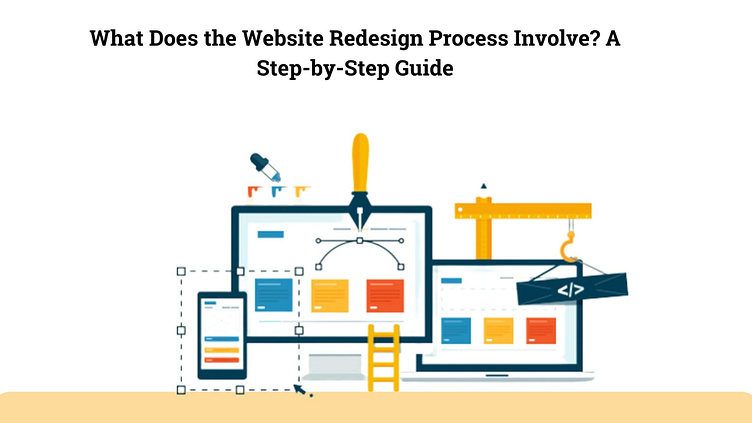What Does the Website Redesign Process Involve?
Website redesign is a pivotal moment in the life of your online presence. It's the digital equivalent of giving your business a fresh coat of paint, a new lease on life. But what does the website redesign process actually entail? In this comprehensive guide, we'll take you through a step-by-step journey of what's involved in the website redesign process, demystifying the complexities and ensuring that you're well-prepared for this transformative endeavor.
1. Assessment and Goal Setting
The first step in any successful website redesign is understanding your current website's strengths and weaknesses. What's working? What's not? What are your goals for the redesign? During this phase, you'll identify key performance metrics and establish clear objectives for the project.
2. Competitor Analysis
In a competitive digital landscape, it's essential to keep an eye on your competitors. What are they doing right? What can you learn from their successes and failures? Conducting a thorough competitor analysis can provide valuable insights to inform your redesign strategy.
3. Content Audit and Strategy
Content is at the heart of your website. During a website redesign, it's crucial to audit your existing content. What should be retained, updated, or removed? Develop a content strategy that aligns with your goals and ensures a consistent brand message.
4. Information Architecture and Wireframing
Information architecture involves organizing and structuring your website's content for optimal user experience. Wireframing, on the other hand, creates visual blueprints of your website's layout. These steps lay the foundation for a user-friendly site.
5. Design Concept and Mockups
This is where the visual magic happens. Designers create the look and feel of your new website, incorporating branding elements, color schemes, and user interface components. Mockups allow you to visualize the final design.
6. Development and Coding
Once the design is approved, developers bring it to life through coding. This stage involves turning design files into a functional website, ensuring compatibility with various browsers and devices.
7. Content Migration
If you have existing content, it needs to be migrated to the new site. This step involves careful transfer, ensuring that all content remains intact and accessible.
8. Testing and Quality Assurance
Before launching, thorough testing is essential. This includes checking for functionality, compatibility, security, and performance. Any issues are addressed and resolved.
9. SEO Optimization
Optimizing your website for search engines is a critical component of the redesign process. This includes keyword research, on-page optimization, and ensuring that the new site is search engine-friendly.
10. Launch and Post-Launch Monitoring
After rigorous testing and final approvals, it's time to launch your new website. Post-launch monitoring is crucial to identify any issues that may arise and address them promptly.
11. Performance Analysis and Optimization
Once your website is live, it's essential to monitor its performance and user behavior. Analyze data to make informed decisions for ongoing optimization and improvements.
12. User Training and Documentation
If your website involves user interaction, providing training and documentation can be beneficial. Ensure that users understand how to navigate and use the new features.
13. Marketing and Promotion
After the launch, it's time to promote your redesigned website. Utilize digital marketing strategies, such as social media, email marketing, and content marketing, to drive traffic and engagement.
Conclusion
The website redesign process is a multifaceted journey that requires meticulous planning, creativity, and technical expertise. By following this step-by-step guide, you'll be well-equipped to navigate the complexities of a website redesign and achieve a successful transformation. Remember, a well-executed redesign can breathe new life into your online presence and set the stage for continued digital success.









